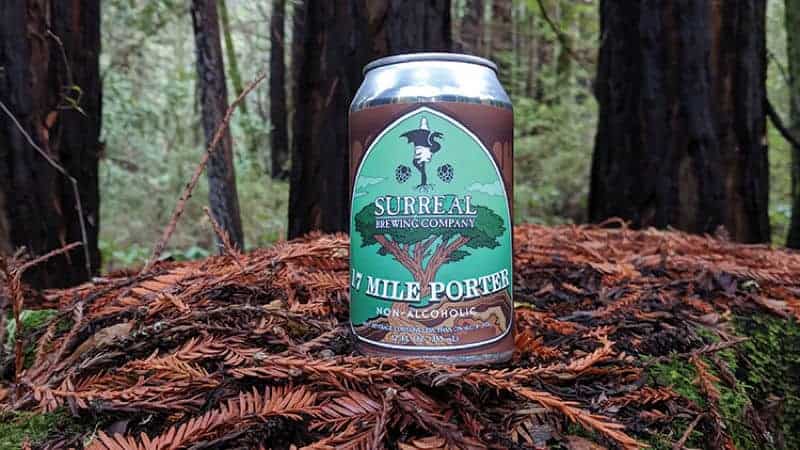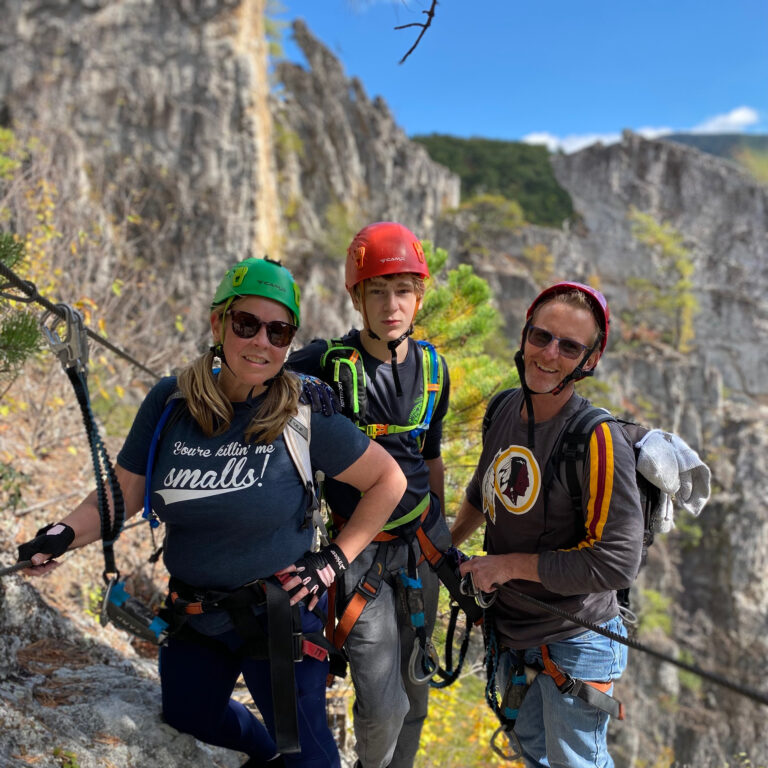When words elude us, pictures can save the day. In my earlier profession as a teacher for learning-disabled teens, multi-sensory teaching methods gave me an entry into every student’s mind. Using visual, auditory, and tactile methods enabled greater understanding. The same is true for using images on a website. Your words may be stellar, but images provide an aid to greater understanding.
By knowing the benefits of using pictures as well as the basic guidelines for proper use, you can increase reader engagement and boost the success of your site.
The benefits of using images on a website

A web page with images is certainly more attractive and appealing than one without, but the benefits go deeper than aesthetics.
First, images engage readers, offering a visual and mental break from a long stream of words. I don’t know about you, but I remember being disappointed as a kid when I read my first chapter book – I missed the pictures! Chances are, your audience is past picture books and even chapter books. However, they are likely accustomed to TV, video games, and fast-paced movies, all of which dish up plenty of images.
This gives you a positive feeling of “Yay, me, I helped my reader.” But it helps you, too. The longer readers stay on a page, the more likely they are to explore other pages on your site. The longer they stay on your site, the greater the chance that they convert. This is true whatever your measure of conversion is – filling out a contact form, subscribing, purchasing a product, making a phone call, clicking on an advertisement, etc.
Second, a picture paints a thousand words. Trite, but true – as mentioned above, well-chosen pictures can aid in understanding.
Next, images can increase the web page ranking in search engine results pages (SERPs). After all, search engines judge sites positively for reader engagement as judged by time and bounce rates.
Remember, too, that social media sites such as Facebook and Twitter pull an image from a shared web link. Your ideal image will enhance social media shares, grabbing attention even before the headline or user comments do.
Finally, if you have high-quality images, a media outlet or blogger is more likely to link to or showcase your product or service – free PR for you! For example, I’ve written numerous listicles and other articles that compile related topics. Many of these have focused on travel and craft beer, such as Virginia historic inns and no-to-low-alcohol craft brews. These appeared both in print and online. And which inns and NA beers do you think our graphic designer used? Why, those with quality, easy-to-access images, of course!

Three tips for website images
In choosing images, follow these best-practice guidelines:
1. Make sure they’re applicable.
The best images don’t just tease with an intriguing photo that doesn’t truly connect with the article. This can disappoint or confuse a reader. Instead, the best images will complement the content. You’re better off engaging with long-time, loyal readers and customers than ones who click but go away miffed.
2. Be sure they aren’t offensive or unintentionally humorous.

I’m not only referring to sensitivity issues that it’s wise to be aware of these days. I’m also talking about mistakes that might make the reader lose focus on your content. Writing guru William Zinsser wrote in On Writing Well (link to Amazon Affiliate page) that every editor should have the mind of a prepubescent male! That means you should look for the things that make little boys giggle and guffaw, like:
- “How many teachers does it take to screw in a light bulb? She said ‘screw’! LOL!” Or
- “Why didn’t the toilet paper cross the road? It got stuck in the crack!”
Of course, we’re discussing images here, so this means looking to ensure there’s nothing embarrassing in the photo, like bunny ears over someone’s head, an embarrassing photobomber, an unintended phallic symbol, etc. I remember a newspaper photo that made it onto the Headlines segment of The Tonight Show with Jay Leno. The picture featured two adorable children, but apparently no one had noticed the dog behind them doing his business!
3. Choose images with wide appeal.

Ideally, when using images on your website, you choose those that will appeal to a diversity of web users – so you can attract a wider range of customers! Consider gender, age, ethnic background, sexual orientation, religion, and other overlooked groups. Most stock image sites tend to overlook the diversity of the American population, so it may take more digging.
Shayna Hodkin of InVision’s design publication, Inside Design, suggests “Eight Resources for Diverse Stock Photos.”
In the next post, we’ll look at sources, permissions, and preparing images for use on the web.
In the meantime, if you’re in the market to improve or promote your website or your business, Ross Media Solutions may have the answers you’ve been looking for. Contact our digital media team for geographically and demographically specific web ads, targeted media promotion, social media strategy, and more.



